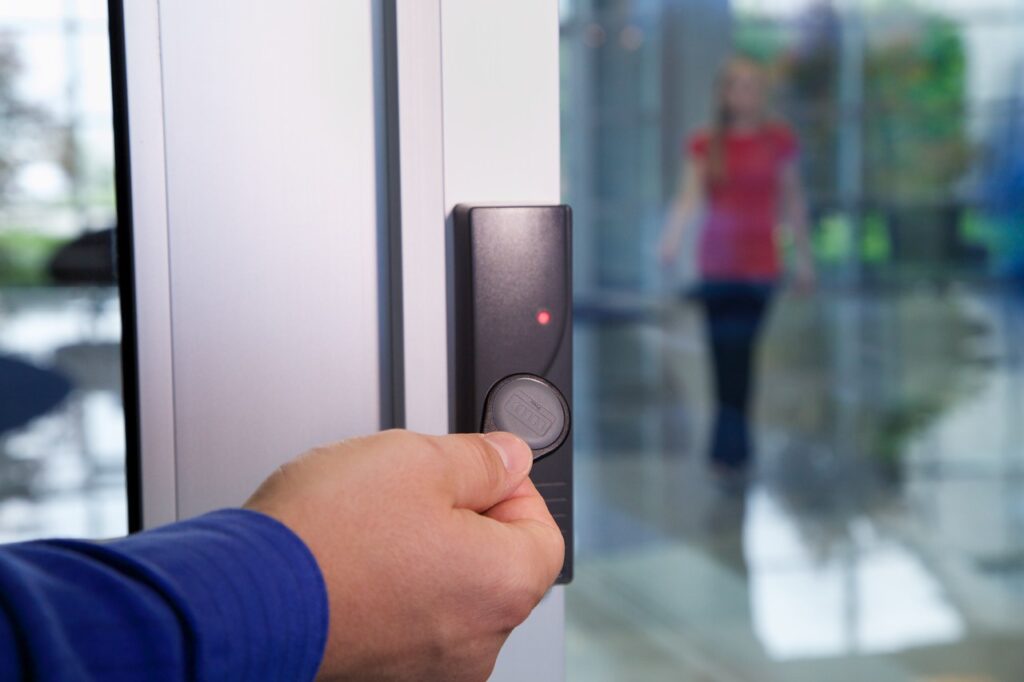As with any technology, access control systems have advanced over time, with many today boasting flexible and scalable platforms, seamless integration, and user-friendly administrative interfaces. One of their most attractive benefits, however, is their application in facility automation. Access control systems continue to garner attention from facility managers as a way to not only increase the level of security within their buildings, but also to decrease maintenance costs and operating time due to their automation features.
#1 – Scheduling
Facility personnel are typically the first ones to arrive on-site, ensuring the necessary doors are unlocked for other staff members and the general public. They also are the last ones out, securing doors and making sure buildings are locked down. This process of unlocking and locking doors can be easily automated with an access control system.
The scheduling feature of an advanced access control system is one of the best ways to achieve this automation. Schedules can be created for specific doors to unlock in the morning, then relock in the evening. Schedules can be set years in advance so that doors will remain locked on repeating holidays. Delay schedules can be pre-set for schools and public entities that may frequently experience delayed opening due to the weather. For example, if fog has caused a 2-hour delay, a school facility manager could remotely log into the school’s access control system and select a pre-set schedule for a 2-hour delay to keep doors locked until the delay has ended – without even stepping foot on the grounds.
#2 – Remote Control
Speaking of not stepping foot on the grounds, remote control is another great feature of advanced access control systems. Using a web-based interface or mobile app, facility managers can log on to their access control system from anywhere. Remote access enables facility staff to quickly respond to requests, get immediate alert notifications, and make adjustments on the
fly. Some access control system interfaces even integrate with security and camera systems, giving managers an even superior level of automation. This can be especially helpful for facility teams with minimal personnel or campuses with multiple buildings and extensive grounds.
#3 – Emergency Lock Down
Emergency lock down procedures can also be automated with an access control system. Some facilities have a panic button or a card reader in their main office that will trigger a full lock down when a threat presents itself. With certain advanced systems, this lock down can be triggered via a panic button within an app on your phone. Varying rights and threat levels can be allocated to staff members. For example, teachers can be assigned a threat level that allows for locking down only the exterior doors to their school, but the principal can be assigned full lock down rights that would secure all doors.
We are all asked to do more with less and to be prepared for anything. Using technology with an access control plan can free up facility and maintenance personnel to accomplish high priority projects. The right access control system can be one of the greatest long-term assets for facility managers, and can seamlessly unify access control, intrusion detection, and video surveillance.

